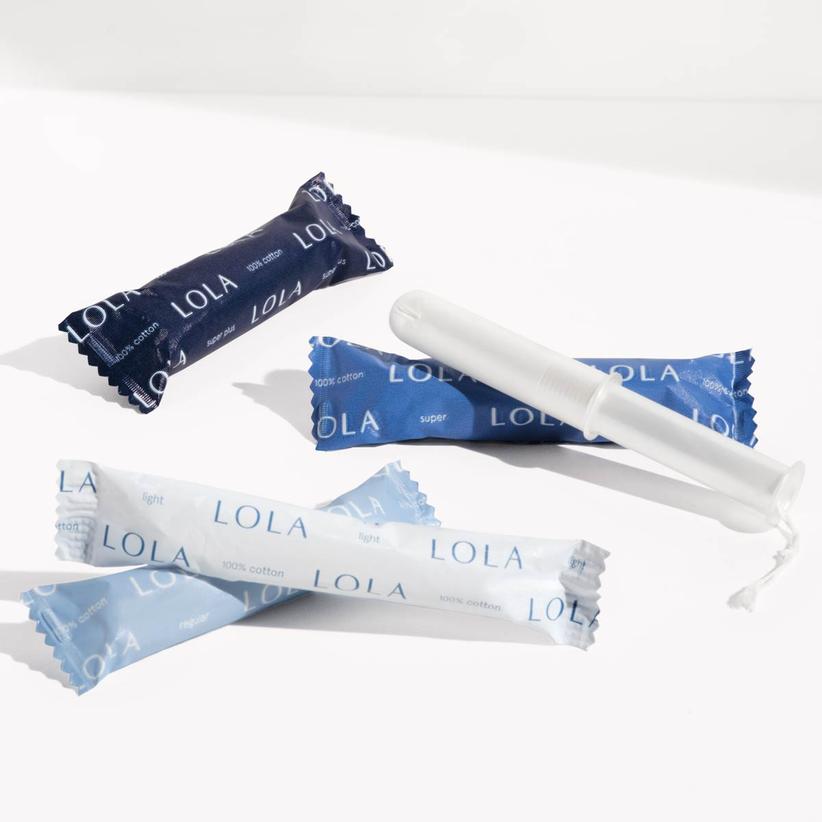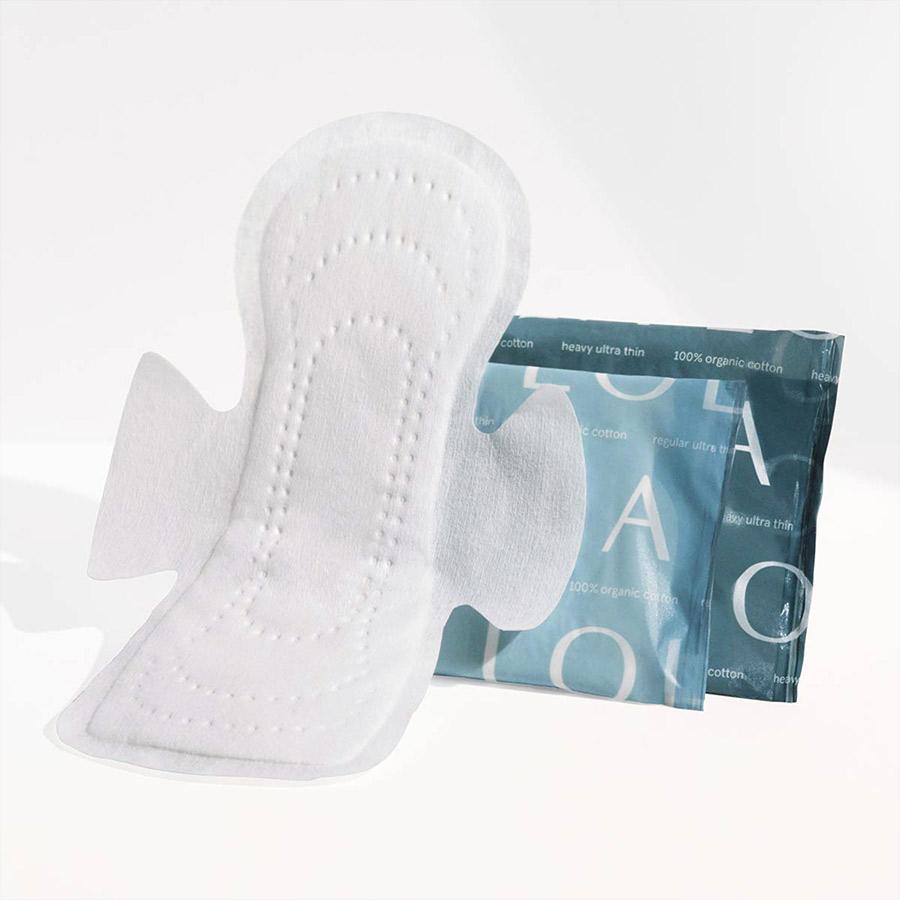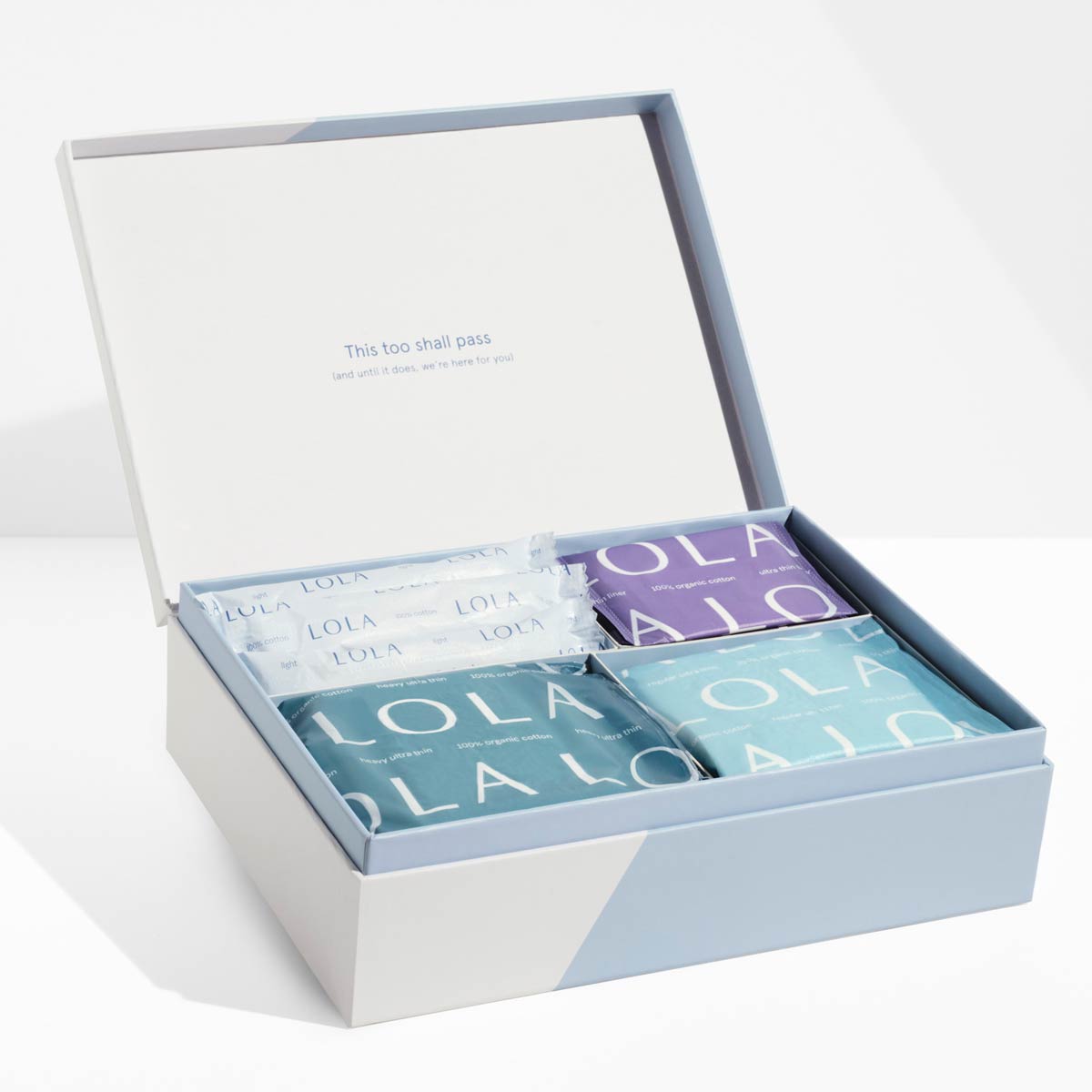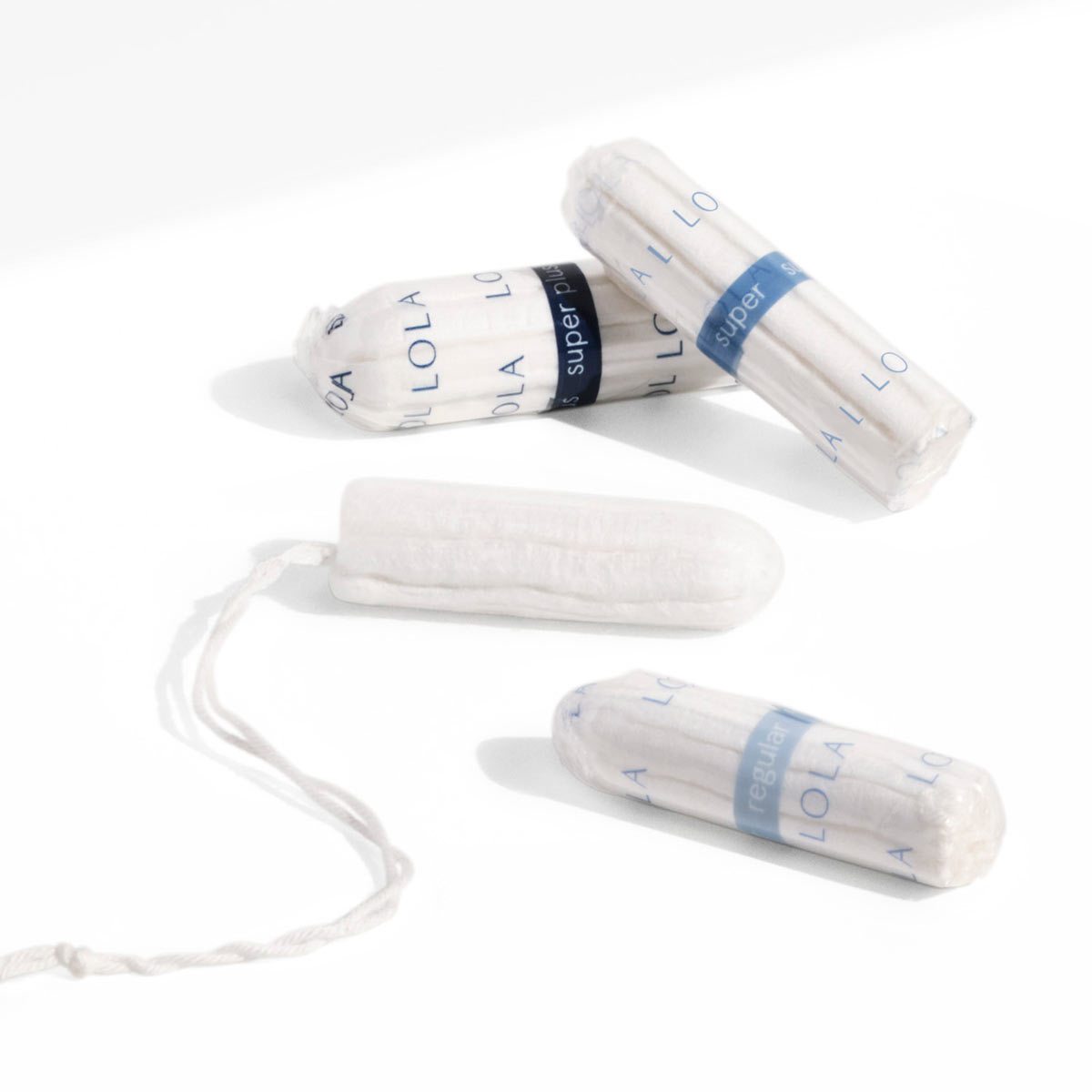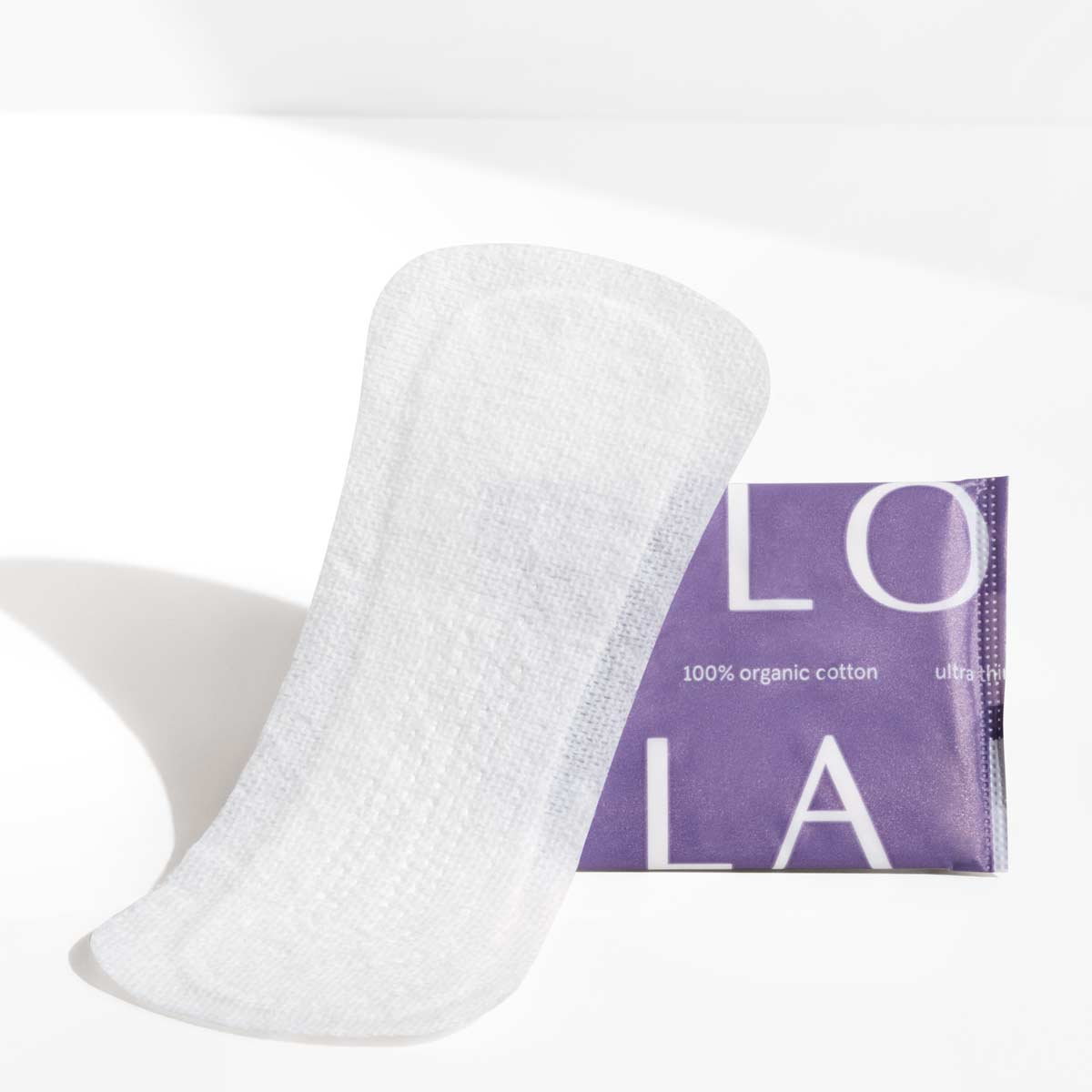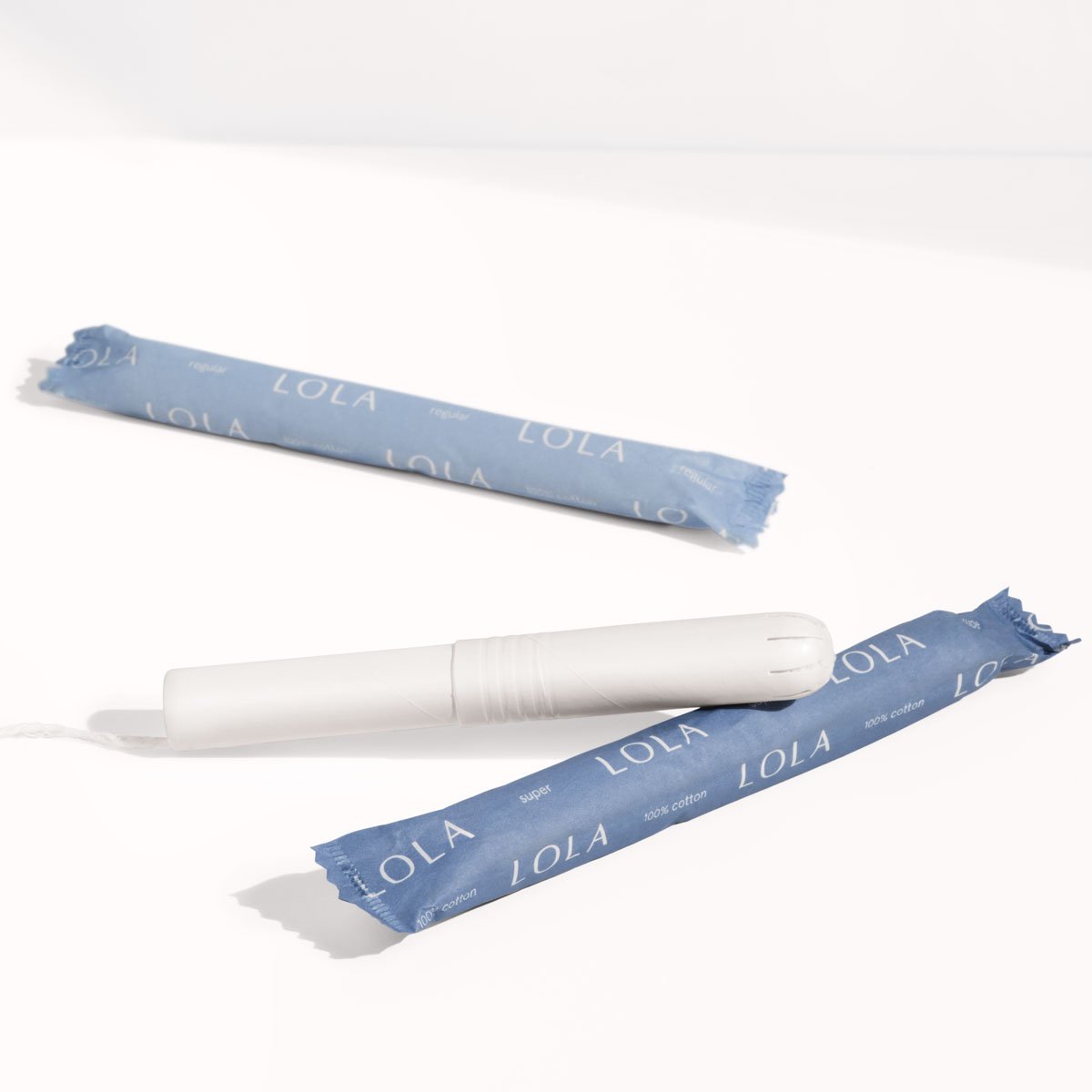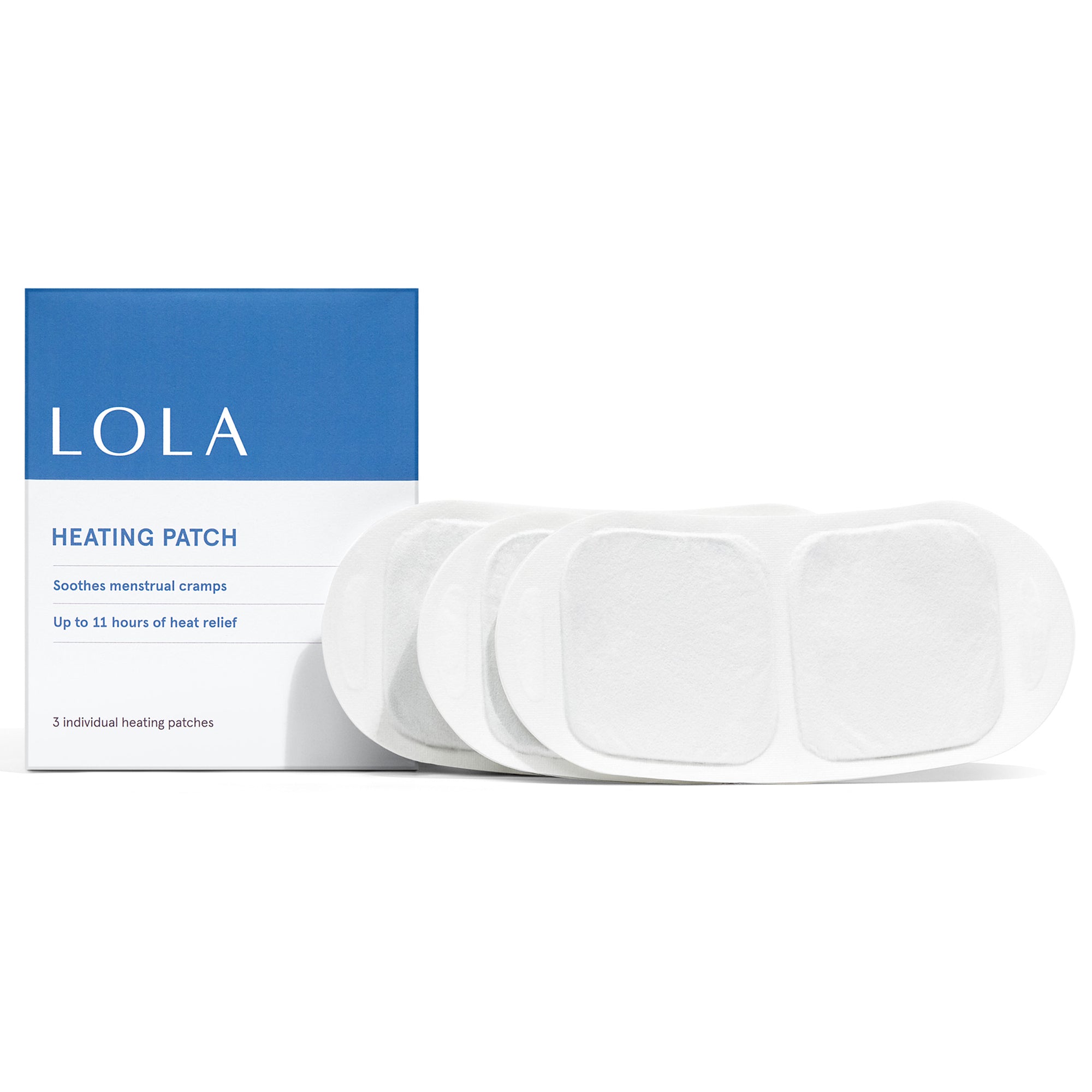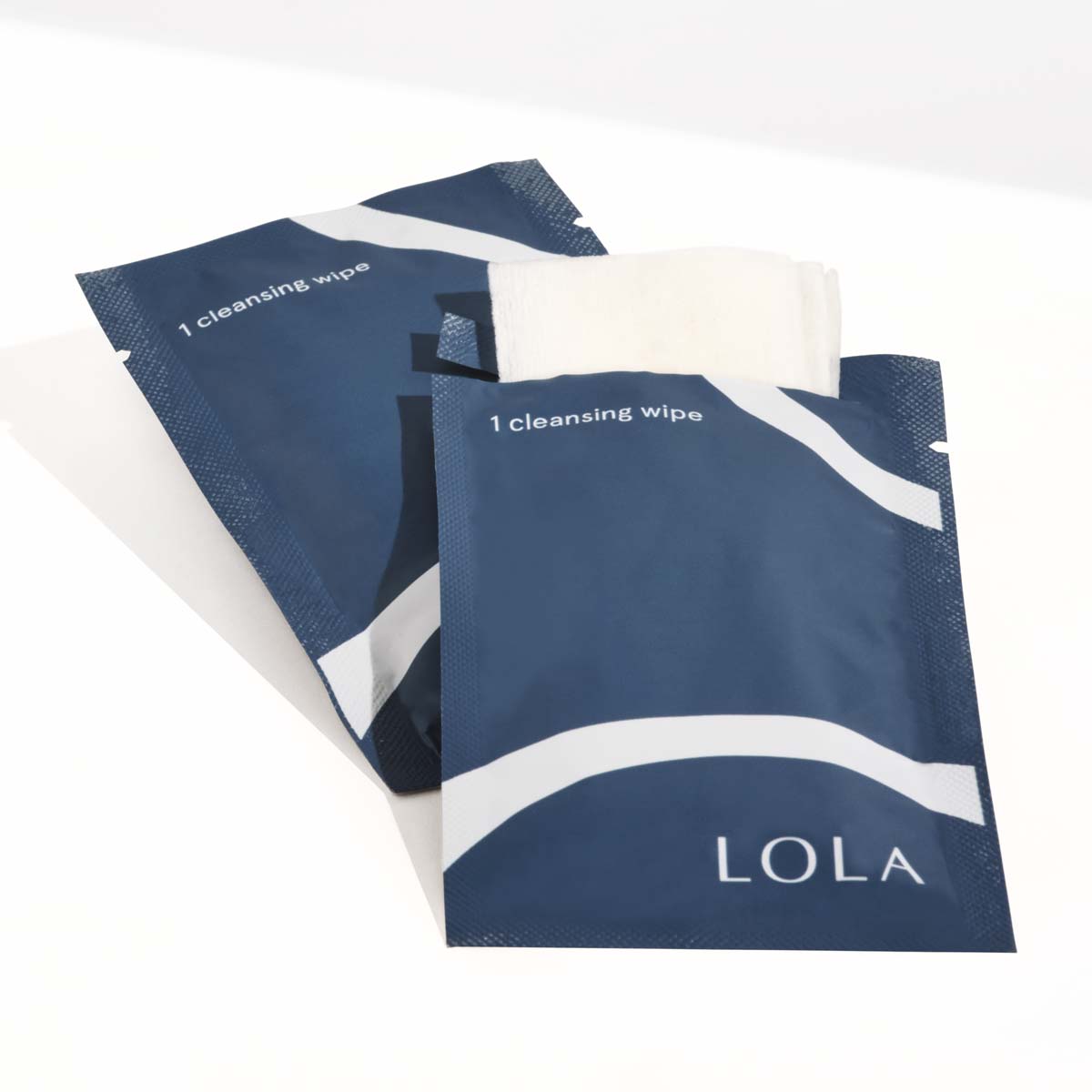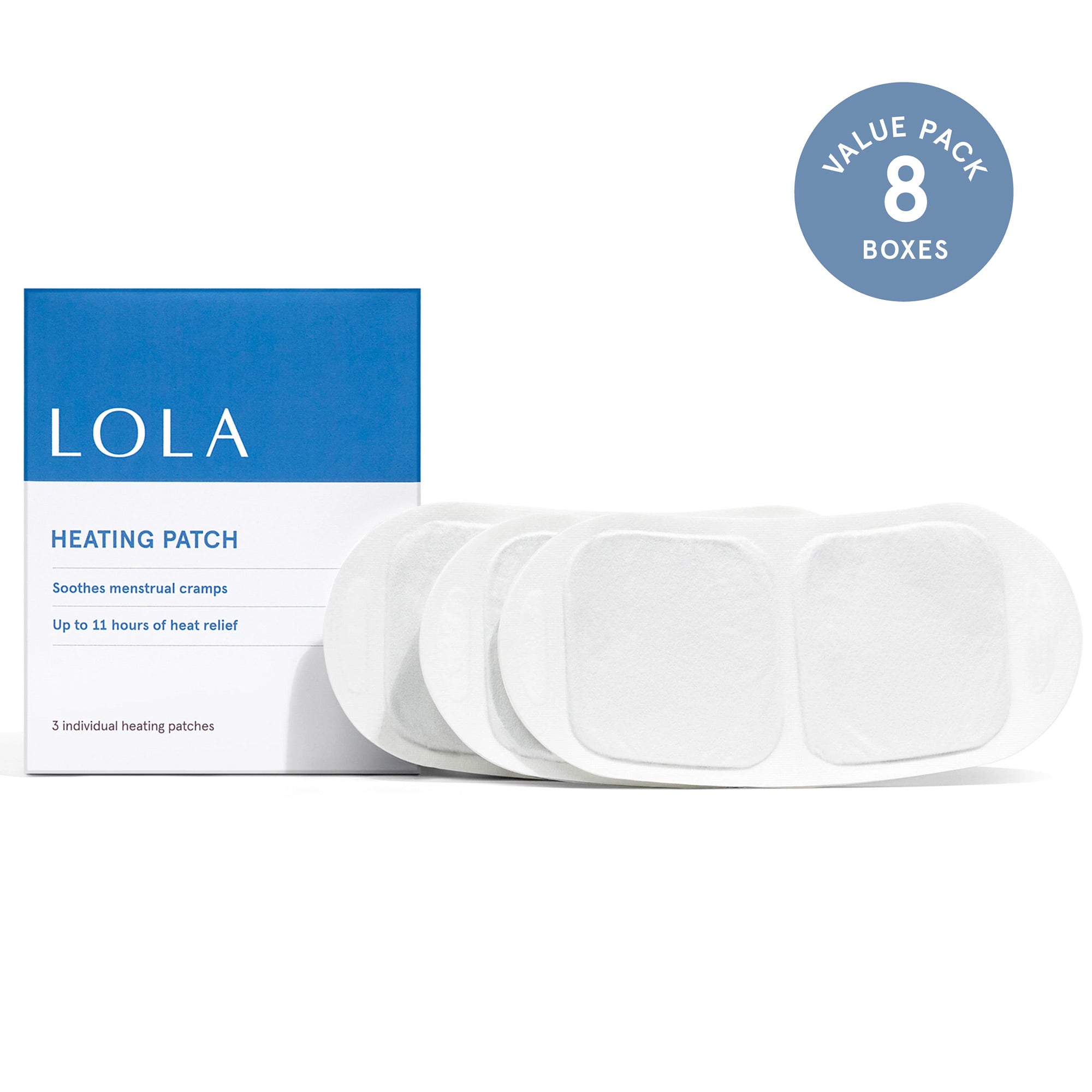You probably pay attention to the ingredients in what you're putting on your face " and, hell, even your armpits. But have you ever thought about what you're putting in your mouth? And no, we're not talking green juice. We're talking toothpaste.
While most of us don't skip a beat when we reach for the usual drugstore brand, it's worth taking a closer look when you consider that you partially digest it twice a day (at least on the days you manage to wash your makeup off and brush your teeth before bed"¦ because adulthood).
According to the American Dental Association, standard toothpastes contain mild abrasives such as aluminum oxide, hydrating ingredients like propylene glycol to prevent the formula from drying out, artificial sweeteners, thickening agents, and detergents like sodium lauryl sulfate to create a foaming action. Oh, and fluoride, which is a naturally occurring mineral that fights plaque, a cavity-causing bacteria. So"¦ that's a mouthful.
Now, not all of these ingredients get a bad rap. But we're breaking down the ones that pose a potential risk (and recommending some alternatives) so you can decide what to squeeze onto your brush " or not.
Fluoride
Fluoride has been added to the public drinking supply in the U.S. for the past 70 years. By ingesting it in water or food, you strengthen tooth enamel to fight decay. And by using it in your toothpaste (all ADA-approved formulas contain fluoride), you attack cavities. Fluoride is responsible for a major drop in cavities since 1960, says the ADA.
But a five-second Internet search will show you that fluoridation of the water supply is more controversial than the Kardashians. Most of this is due to the murky ethics surrounding mass medical treatment without consent, but also due to questions about safety and the efficacy of fluoride itself. Some studies question the methodology of research that supports fluoride's cavity-killing claims, and also point out links to bone disease and endocrine disruption (which means it can block or alter hormone production). Still, there are no definitive conclusions, and both the ADA and World Health Organization are firmly pro-fluoride. The good news? Fluoride-free options do exist, should you choose to go that route.
Aluminum
Aluminum is used to further scrub debris from your teeth. One Dutch study found that using toothpaste with aluminum was correlated with higher rates of Alzheimer's disease, while the Center for Natural Dentistry reports that when combined with fluoride, the absorption of aluminum by the body is increased.
But here's the thing: most of the research linking aluminum to brain diseases is in cases where there was heavy exposure to the mineral, such as through drinking water or on a job site. Data tying it to aluminum in toothpaste is scant, and it's unclear if that relatively low amount is harmful. Still, if you can avoid it and still get a squeaky clean grill, that's a win/win, no?
Propylene glycol
This one's a mineral oil used to keep your toothpaste moist. Some other things it's used in? Antifreeze, paint, and airplane de-icer. Yikes. That, on it's own, isn't evidence that it's harmful to your body, though (in fact, it's designated as safe for limited use in food by the FDA). The EWG actually concludes that low concentrations are cool to use in cosmetics.
So what's the problem? Well, the National Library of Medicine classifies propylene glycol as a skin, eye, and lung irritant, while it's dubbed "expected to be toxic or harmful" on Canada's environmental substance list. So, as always, its risks depend on the amount you're exposed to and the amount of research that's been done.
Sodium lauryl sulphate
Sodium lauryl sulphate (which makes your toothpaste foam) is a known skin irritant, hence why you might use SLS-free shampoo. Despite the fact that the International Journal of Toxicology has concluded that it's safe for limited contact when rinsed away, some studies indicate that SLS in toothpaste can irritate the mucosa, or the membrane lining your mouth and organs.
No one can say for sure whether minimal, prolonged use of toothpaste with sodium lauryl sulphate is wreaking havoc on your body (all together now: more research is needed). But, as always, you can say whether or not you keep it in your bathroom.
What are the alternatives?
So, can a single product avoid all of these problem ingredients? Yup. Solid choices include Tom's of Maine (which offers various versions free of fluoride, SLS, or both), Weleda Salt Toothpaste (which uses sea salt and baking soda to scrub and whiten) and Jason Sea Fresh (which boasts calcium- and protein-rich blue green algae). And if there's only one or two chemicals you'd like to avoid, your options expand from there.
Or you can go full DIY. According to the Center for Natural Dentistry, basic versions start with exfoliating baking soda or hydrogen peroxide as disinfectants (which are totally safe, just be sure not swallow). From there, the organization lists tea tree oil (owing to its antiseptic properties) and natural flavoring like cinnamon, ginger, fennel, clove, and peppermint as suitable. Just remember to dilute the formula if you're using any of these in essential oil form.
At the end of the day, it's best to be educated about the chemicals in the toothpaste aisle (or most any cosmetic product aisle). It's up to you to decide what you're comfortable with, but it's also nice to know that natural alternatives exist until science makes up its mind.
